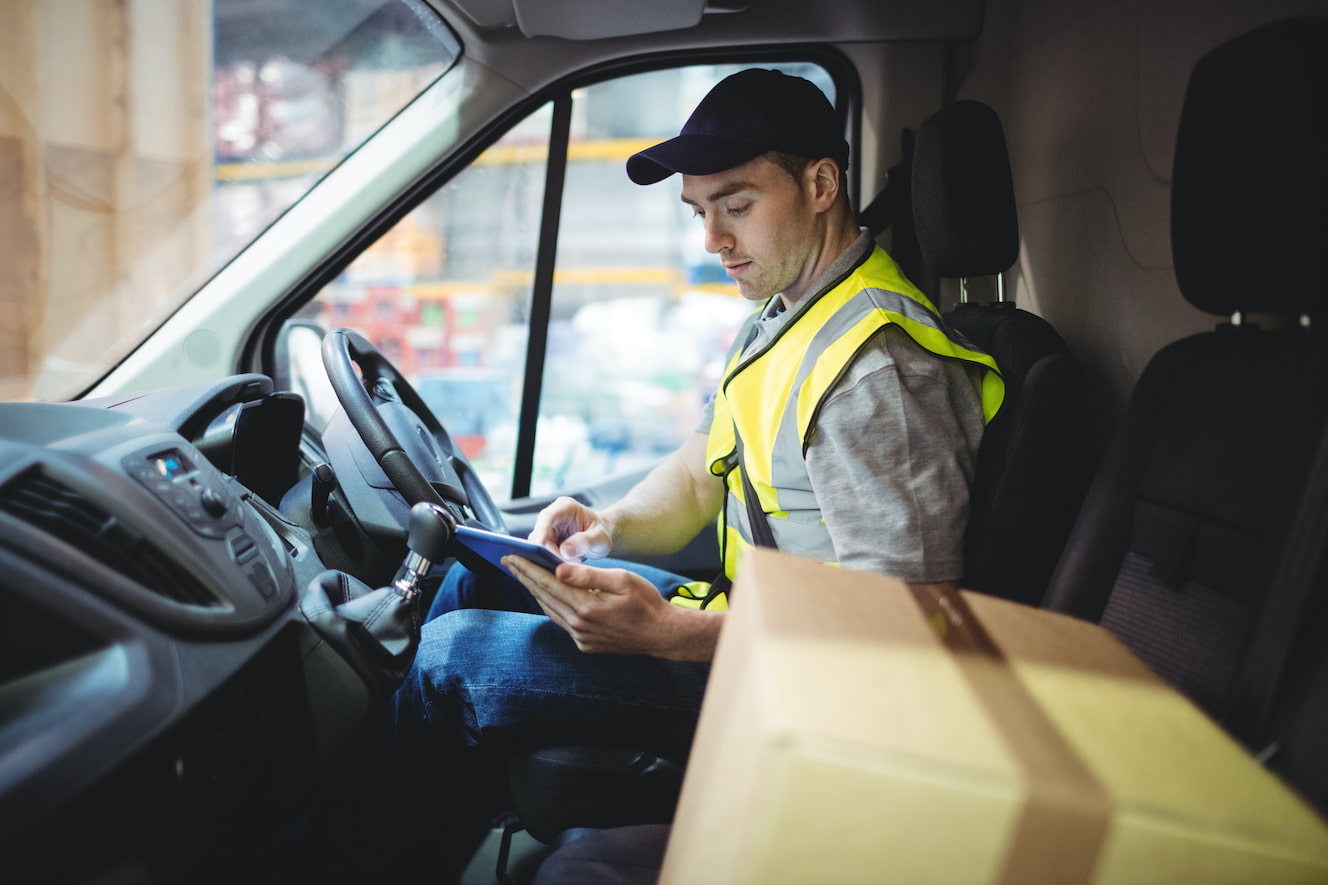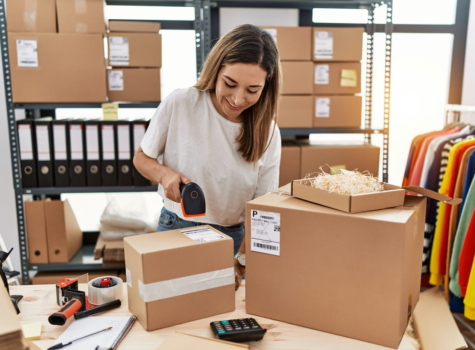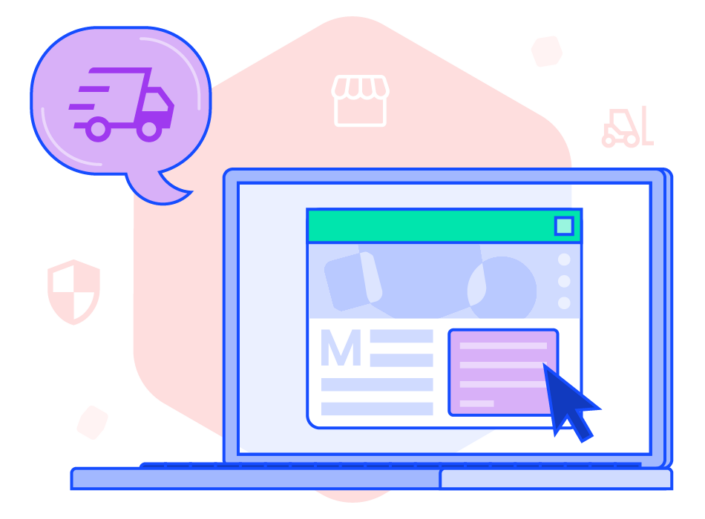Retail trends have constantly been changing and evolving. But it feels like, in recent years, the industry has been ramping up faster than ever – and it’s clear that the COVID-19 pandemic has had a hand in this shift. As a result, retailers adapt to rapidly changing consumer habits while maneuvering shelter in place orders and supply chain shortages.
In turn, consumers have put their foot on the accelerator in their demand for convenient online shopping – and it doesn’t look like they’ll be slowing down any time soon. Euromonitor International forecasts that half of the absolute value growth for the global retail sector from 2020 to 2025 will be digital.
A few years into this new normal, it has become easier to spot the trends with staying power in the retail industry, especially the ones that have helped retailers thrive amid the rapid rise of ecommerce. Thriving retailers have made it a focus to improve upon their ecommerce platform, and these are a few ways they are doing it.
1. Time in transit
Shoppers are more likely to buy when shipping is fast and free. However, that is complicated because fast transit times are often costly. According to the Shopify Ecommerce Market Credibility Study, managing this balance is crucial, with 60% of consumers saying that fast shipping has a “very significant influence” or “significant influence” on purchasing decisions. However, retailers can take steps to meet growing customer expectations without taking excessive losses.
We recommend a few options to businesses to help improve their transit times. Of course, every business is unique and will have a different experience based on its size and customer preferences, but here is where we’ve seen the most success when it comes to improving transit times.
Expand your carrier network
If you want to keep your process in-house, consider expanding your carrier network. Previously, retailers typically would build relationships with one or two carriers, accept their rates, and rely on them to deliver packages on time. But today, retailers are finding success with multi-carrier shipping – meaning retailers can choose between not just carriers but rates and service levels.
With the right multi-carrier shipping software, retailers have easy access to carriers with the fastest transit times, the lowest shipping rates, and everything. This software saves businesses time since you can set predefined options and manage everything from one access point. Rather than juggling multiple carrier portals, businesses that partner with 3PLs can benefit from their greater resources and capabilities, typically faster delivery speeds at a more affordable rate. When a retailer partners with a 3PL, the burden of logistics is out of their hands, giving them more time to focus on growing and expanding their business.
Reduce processing time
Transit times don’t entirely rely upon the hands of the carrier – retailers have to do their part to have efficient processing processes, so all shipments that need to go out for the day are ready in time for pickup. Failing to coordinate with carriers increases the time it will take a package to arrive at its final destination.
From time to time, go back and review your business’s steps to process an order. Take note of what can be prepared in advance, like preparing packaging materials, what can be automated, what steps are unnecessary, and any steps that can potentially be combined. The sooner your orders are packaged and processed, the sooner they will be on a truck headed to customers.
Start and end with communication
Of course, this whole process begins and ends with customer communication. Before pressing submit on an order, customers should be aware of a few basic facts:
- How much they’re paying for shipping
- How long it will take for their order to arrive
- If they are responsible for return shipping fees
- How they will be updated on their order status
Keep the individual customer in mind when communicating this information. They will appreciate transparent communication and will be more incentivized to shop with you again after a positive experience.

2. Ecommerce order tracking
Ecommerce order tracking enables shippers and their customers to monitor the status of online orders and shipments. High-quality order tracking will typically include parcel tracking, estimated delivery dates, and regular updates on the order status.
In recent years, this feature has become a normalized standard for many shoppers, with Jungle Scout’s Q2 2021 Consumer Trends Report confirming that 80% of online shoppers expect parcel tracking on all orders. When utilized properly, this feature can benefit retailers and consumers alike.
A better customer experience
Providing up-to-date tracking information has become a standard expectation in a worldwide competition to provide the best customer experience. Unfortunately, there are a lot of scammers feigning to be ecommerce storefronts. Still, by providing customers with an estimated delivery date, tracking number, and delivery notifications, you can start to build trusting relationships faster.
Minimize customer service calls
Don’t be surprised when you implement order tracking if your customer service call numbers drop. Your representatives will be thanking you for minimizing the number of calls they receive asking about their order status.
Consumers will likely reach out if they place an order and don’t hear anything from a retailer. However, ordering online runs a risk of scams, technological glitches, and other challenges you usually don’t encounter at a brick-and-mortar store. Customers can look up this information independently rather than giving customer service a call by sending regular status updates and offering real-time parcel tracking.
Improved visibility all around
Businesses can also benefit from the insight into the data that parcel tracking offers. From helping track down lost packages to measuring on-time delivery, the information you can gain from this data can help an ecommerce business save both time and money. Without a tracking system, important details can slip through the cracks, making it harder for customers and employees.
Getting started with order tracking
There are a variety of order tracking tools out there to choose from, and each one works differently. Ideally, there will be minimal steps the customer has to take to check their order status, and you want to be confident that the order status is accurate and up-to-date.
To toot our own horn for a second, EasyPost’s Tracking API enables businesses to point their customers to custom-branded tracking pages that connect with your carriers to provide real-time shipment updates.
3. Return processes
Retail returns are on the rise. In 2021, the average return rate for online purchases was 20.8%; NRF found that according to a survey conducted by the National Retail Federation and Appriss Retail, an increase from 18.1% in 2020.
Especially in ecommerce, returns are inevitable. There is no way for a consumer to know what they are purchasing until it arrives truly. But there are ways to minimize them and turn them into a positive customer experience.
Clearly explain your return policy
Make your return policy easily accessible to customers. And by easily accessible we mean that you should place it across your website. Include it on product pages, shopping cart pages, checkout pages, and anywhere else that seems logical. By giving them multiple opportunities to read over the policy, a business protects itself and will hopefully minimize negative return experiences.
When customers look over your return policy, it’s helpful to have it written clearly and concisely. So consider these common questions when drafting your policy and answer them in understandable terms:
- What items can I return?
- What items can I exchange?
- Are any items non-refundable or non-exchangeable?
- How long after purchase are returns permitted?
- What condition must an item be in to be returned?
- Can items be returned in-store?
Include a pre-printed return label
Include a pre-printed return label in every shipment rather than waiting for an email or requiring customers to track down a printer. This easy and affordable change can make the exchange process for both customers and customer service employees.
Another slightly less convenient option is to email the customer a label they can print. Again, businesses can benefit from this because this process can usually be handled entirely online if the products are authorized for returns. However, you may run into complications with less tech-savvy customers, so we generally recommend taking the extra step to pre-print your return labels.
Make the most of the situation
Many people turn to online shopping for its convenience. Unfortunately, online returns are never convenient for any parties involved, but businesses can still make the most of them and encourage future purchases.
Following up and asking for feedback via email is easy to spin this negative situation into a positive one. It gives the customer a feeling that you care about their experience and can provide valuable insight that you can potentially use to prevent the situation from happening again. If you have brick-and-mortar locations, it could also help to encourage in-store returns. While they’re in the store, another item might catch their attention and encourage another purchase.
Key takeaways
As ecommerce rises, retailers need to ensure their logistics processes are seamless and provide the best customer experience. When competing against the likes of Amazon, you need to prove to shoppers a convenient, personalized, and affordable experience. Retailers can accomplish three key areas by keeping up with trends like minimizing time in transit, providing order tracking, and keeping their return process simple.

FAQs about retail trends
How do you identify retail industry trends?
To keep on top of industry trends, use the media at your fingertips by following relevant influencers and publications. A lot of these outlets will publish data and information from larger studies and solution guides that will help you identify shifting trends.
What are the largest challenges facing the retail industry?
Following the COVID-19 pandemic, the retail industry is facing a new set of challenges. Five major challenges the industry faces are:
- The rapid rise of ecommerce
- Integrating new technologies
- Retaining customer loyalty
- High employee turnover rates
- Effective digital marketing
How did COVID-19 affect retail industry trends?
The COVID-19 pandemic has made a lasting impact on the retail industry. In 2020, there was an immediate increase in demand for ecommerce. Lockdowns impacted warehouse efficiency, which significantly disrupted the retail supply chain. As stay-at-home orders lifted, many businesses faced labor shortages, furthering the demand for technology and automation in the industry to help increase efficiency.
Embracing the future of retail trends
Change is never easy. But in a rapidly changing industry, it’s valuable to have foresight into retail trends and embrace them when they will work for your business. While there is plenty of demand for brick-and-mortar retail, ecommerce is becoming more of a key player every year.
To embrace online retail, it’s becoming increasingly necessary to have a foundation of reliable and powerful technology. EasyPost’s suite APIs are built to be a simple solution that will make your shipping faster, flexible, and more reliable. Reach out to speak with one of our shipping experts today or sign up for free to see for yourself.




